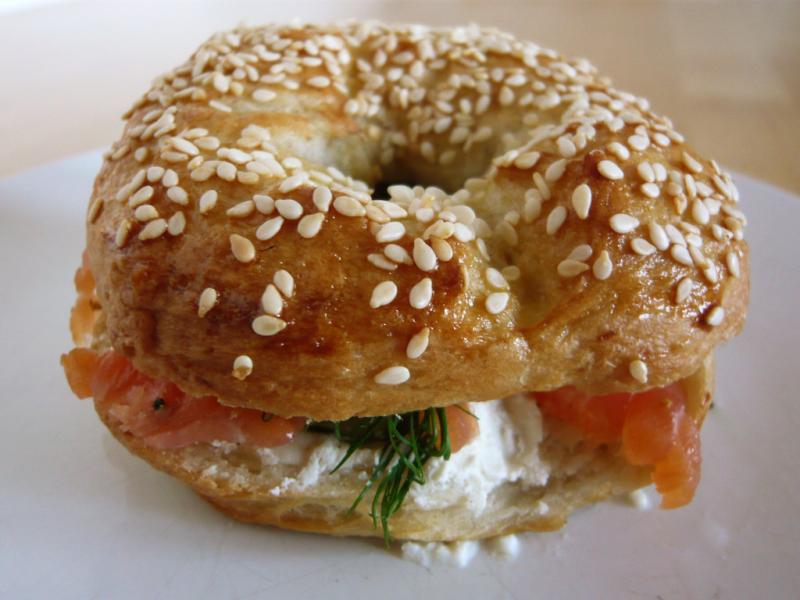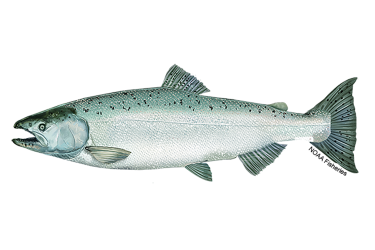Fish and shellfish are a great source of lean protein. They’re also rich in nutrients and omega-3 fatty acids that play a key role in heart, immune system, and brain health. In fact, the latest Dietary Guidelines for Americans highlight that seafood is important for infant and toddler brain development. A healthy diet for adults, including pregnant women, includes eight or more ounces of seafood a week.
Follow these easy tips to up your seafood intake in 2021 and be sure to look for seafood harvested or farmed in the United States. You’ll support our nation’s sustainable seafood industry and the working waterfront communities that rely on it.
1. Start with Seafood
Jump start your day with seafood for breakfast. This can be as easy as adding your favorite fish or shellfish to your scrambled eggs or topping off your bagel with smoked salmon.
2. Swap Out that Same Old Protein
Jazz up your favorite recipes by swapping meat for fish and shellfish. Seafood is naturally low in saturated fats and high in key nutrients, making it a healthy and tasty protein alternative.
3. Reach for a Can
Canned seafood is versatile, convenient, and budget friendly. Keep canned options like tuna, sardines, salmon, and crab on hand to make quick meals rich in omega-3 fatty acids.
4. Go Beyond Fish and Shellfish
Whether you prefer not to eat animal products or are just looking for variety, seaweeds offer a lot of the same health benefits as other seafood. In fact, they are some of the only plant-based foods that contain omega-3 fatty acids. Seaweed farming is a rapidly-growing industry in the United States. Along with providing economic opportunities for farmers, seaweed production can also benefit local communities and the environment.
More seaweed recipes from Alaska Sea Grant
5. Cook Once, Eat Twice
With a little planning, you can stretch your favorite seafood products into two delicious dishes. Simply cook the fish or shellfish all at once, immediately set some aside in the refrigerator, and use that extra portion for a new dish the next day. Be sure to follow safety precautions for leftovers.
- Lobster mac and cheese | Lobster rolls
- Easy oven fried fish sticks | Fish tacos with avocado salsa
- Grilled fish fillets with marinated citrus salad | Fish sandwich with chili-lime mayo
Find more recipes for the U.S. seafood you love on FishWatch. Want to learn more about seafood but don’t know where to start? FishWatch also arms you with the facts about what makes U.S. seafood sustainable—from the ocean or farm to your plate. Get up-to-date information on the status of harvested marine fish and farmed fish, and learn more about U.S. seafood.








